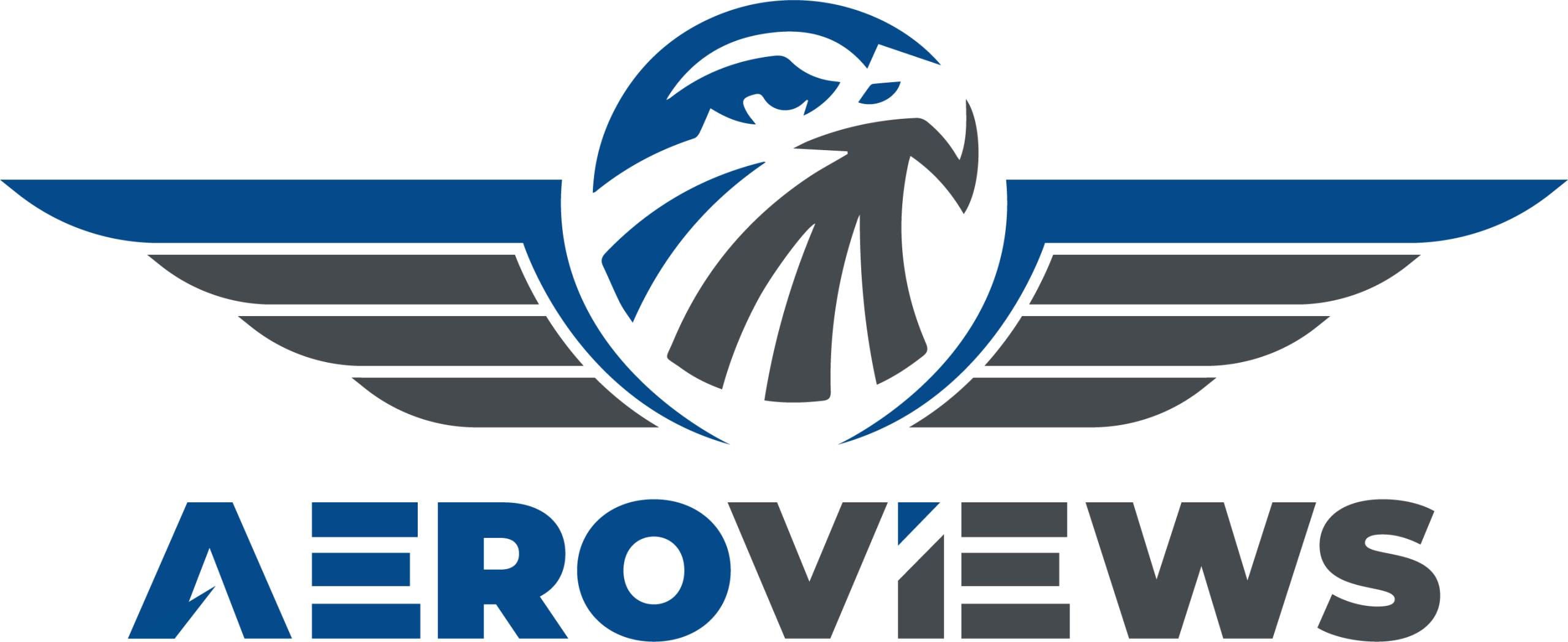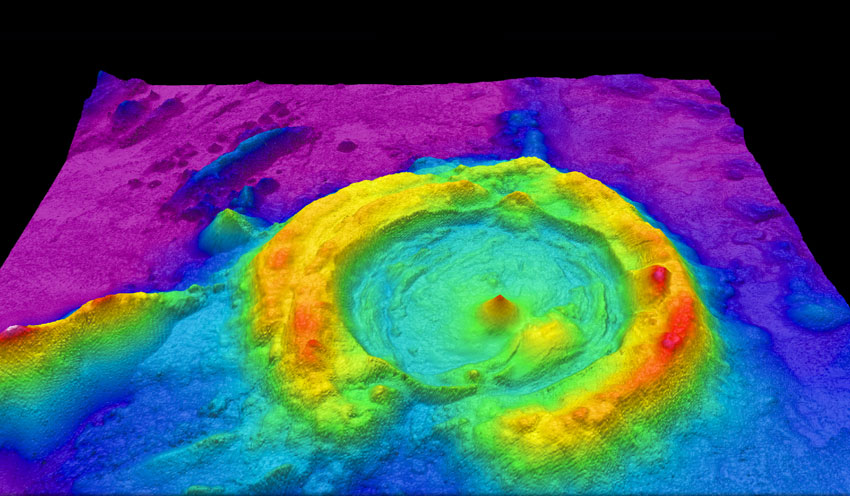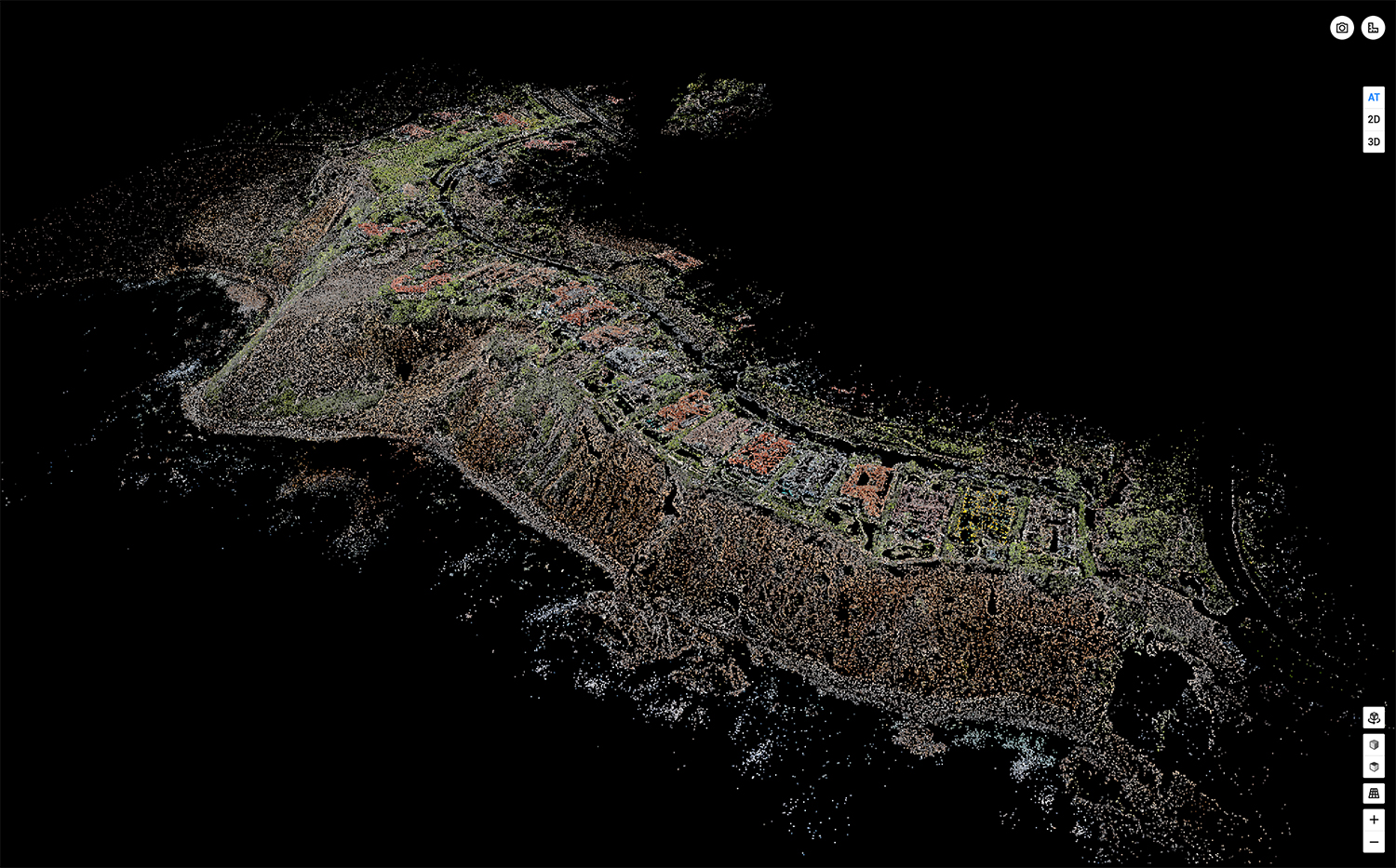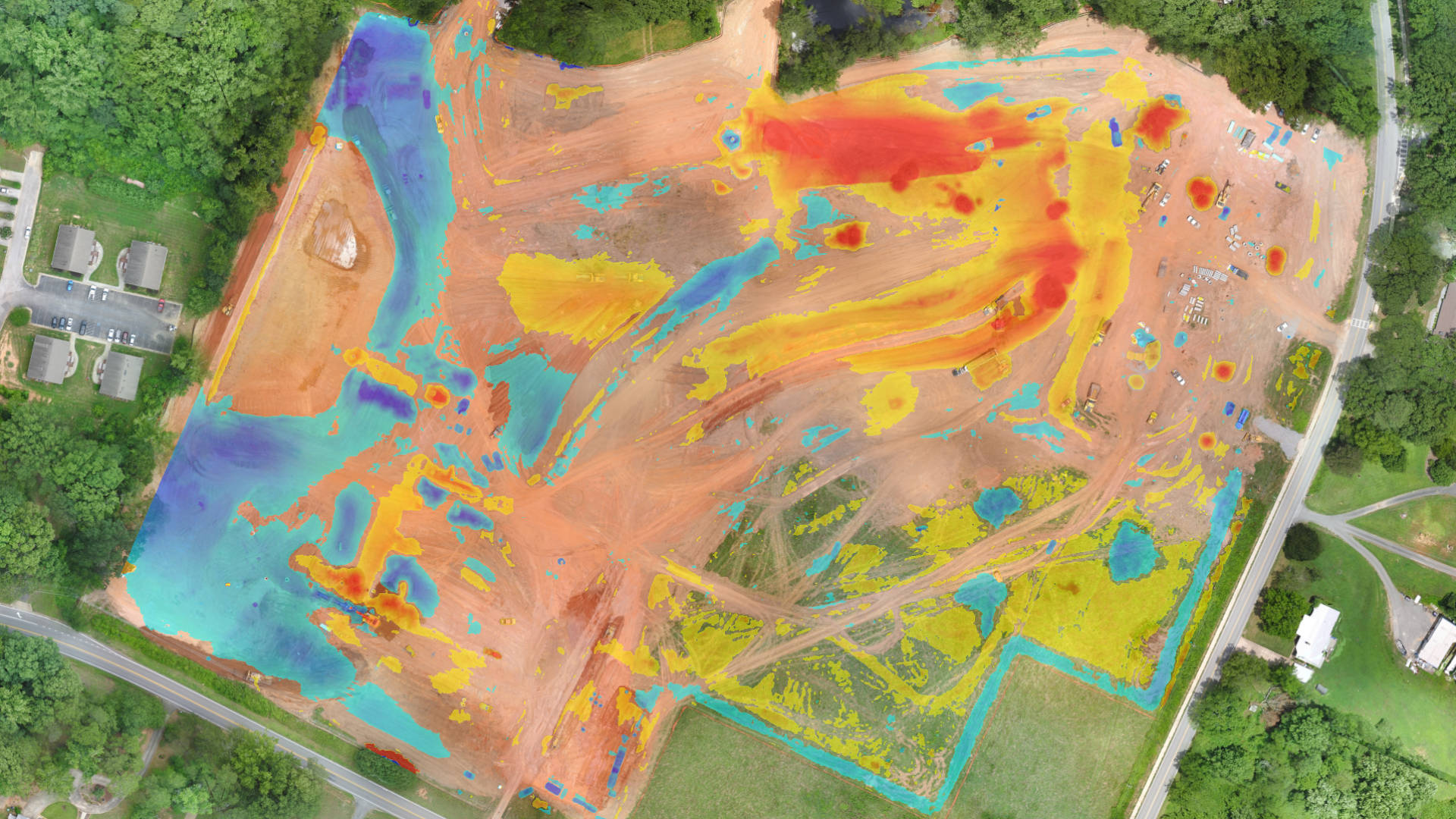In the rapidly evolving construction industry, technology plays a pivotal role in shaping efficient, safe, and cost-effective project outcomes. Among the most groundbreaking advancements is the adoption of cutting edge drone technology. Construction drone services are not just a technological upgrade; they are transforming the landscape of construction management and oversight in construction projects. Expert drone pilots enhance construction project outcomes through cutting-edge drone technology, bringing a new level of precision and efficiency to the field.
The need for efficiency, precision, and comprehensive documentation is paramount. Drone photography is increasingly becoming a critical tool in meeting these demands, offering an innovative way to capture detailed aerial views that traditional methods cannot match. This guide explores the transformative role of drone photography in construction projects, enabling construction professionals to efficiently track progress and monitor construction progress with unparalleled accuracy.
Overview of Construction Drone Services

Construction drone services encompass a range of applications, from aerial photography and video to mapping and site inspection. Drones are particularly adept at capturing high resolution images, which is essential for documenting construction sites with detailed maps and 3D models for professional presentations to stakeholders. These unmanned aerial vehicles (UAVs) offer a unique vantage point that was once costly and challenging to achieve. By providing real-time data and the ability to capture images from various altitudes, distances, and directions, drones help construction teams enhance precision, speed up project timelines, and maintain stringent safety standards.
Drone photography is revolutionizing the construction industry by providing detailed aerial perspectives that enhance project management, improve safety, and ensure cost efficiency. Employing unmanned aerial vehicles (UAVs), construction drone photography offers a bird’s-eye view that is indispensable for large-scale projects. It allows for real-time monitoring, which is crucial for maintaining project timelines and ensuring that developments adhere to planned specifications. This advanced monitoring capability helps in identifying potential issues early, preventing costly delays and facilitating timely corrections. A significant advantage of using drones is the improvement in site safety; drones eliminate the need for personnel to physically access unsafe or hard-to-reach areas for inspections. Additionally, the ability to capture high resolution images and videos can be used to create accurate records and documentation, enhancing communication between project stakeholders and providing invaluable data for future reference.
Choosing the Right Drone Service for Construction Projects
Selecting the appropriate drone service provider is crucial. Key factors to consider include the provider’s compliance with legal regulations, the quality of drones and sensors used, and the expertise of the operators. A good drone service for construction will not only deliver high-quality data but also ensure that operations are conducted under strict safety protocols to protect both personnel and project integrity.
Evaluating Drone Technology: When evaluating potential drone services, consider the types of technology they use. For example, some drones are equipped with advanced sensors that can capture not only visual data but also thermal imaging, which can be crucial for assessing material integrity and spotting potential faults before they become problematic.
The Role of Drone Photography in Construction

Drone photography has revolutionized how construction progress is monitored and documented. High-resolution images captured by drones offer detailed insights into every project phase, allowing for better resource management and immediate rectification of any issues that arise. This aspect of drone technology is invaluable for keeping projects on schedule and within budget, all while maintaining a comprehensive visual record.
Implementing drone photography in construction involves selecting the right drones with features such as high camera quality, robustness to withstand harsh site conditions, and sufficient battery life to cover extensive areas. Compliance with aviation regulations and proper pilot training are essential to operate safely and legally. Moreover, integrating drone operations with existing project management and design software can streamline workflows and enhance data utilization. The practical applications of drone photography are vast, ranging from initial site planning and design—where drones gather topographic data crucial for 3D modeling—to regular progress tracking and maintenance inspections. These applications demonstrate the technology’s capacity to not only record detailed progress but also to assist in planning and executing construction projects with greater accuracy.
Advanced Applications: Beyond simple photography, drones can be used for 3D mapping and creating digital twins of sites. These models can be incredibly useful for project managers and stakeholders to visualize the finished structure and plan more effectively. The importance of progress monitoring through drone photography cannot be overstated, as it enables real-time visual updates and documentation, facilitating effective decision-making and project management.
Benefits of Aerial Photography in Construction
The advantages of incorporating aerial photography into construction processes, especially for job site management, are manifold. It provides a bird’s-eye view of the construction job site, offering perspectives that are invaluable for progress tracking, stockpile measurement, site inspections, capturing project milestones, and creating visual representations for stakeholders and marketing purposes. These perspectives are not possible from the ground and can be crucial for large-scale projects where constant monitoring of expansive areas is required. Furthermore, aerial photography aids in better planning and execution, risk assessment, and stakeholder communication, providing all involved parties with clear and updated visual data.
As the technology advances, the future of drone photography in construction looks promising, with potential developments including automated flight paths and AI integration for enhanced data analysis. These innovations could further minimize human intervention in monitoring and inspections, leading to even greater efficiency and safety improvements. For construction companies, investing in drone technology means not only enhancing current operational efficiency but also positioning themselves at the forefront of industry advancements. By embracing drone photography, the construction industry can achieve unprecedented levels of precision and efficiency, making it a critical tool for any project aiming to enhance productivity and safety while reducing costs.
Enhancing Safety: Safety is a paramount concern in construction. Drones contribute significantly to safety by allowing inspections and monitoring to occur without putting personnel at risk, especially in structurally unsafe or hard-to-reach areas.
Emerging Trends and Future Prospects
The future of drones in construction looks promising with continuous advancements in drone technology. As drones become more autonomous and integrated with AI, their potential to transform construction sites grows. Predictive analytics and machine learning could further enhance the capabilities of drones, making them not only tools for visualization but also for predictive maintenance and decision-making support. The integration of these technologies is expected to streamline project planning, monitoring, and decision-making processes, ultimately enhancing project efficiency and success by providing comprehensive insights and precise spatial data.
Conclusion
Construction drone services are more than just an operational tool; they are a strategic asset that can significantly enhance the efficiency and safety of projects. As the technology continues to evolve, its integration into construction processes will undoubtedly become more profound, driving the industry towards unprecedented levels of precision and efficiency.
For construction professionals looking to leverage these benefits, choosing the right drone service provider will be a key step towards achieving enhanced project outcomes.
External Resources
-
Federal Aviation Administration (FAA) – Unmanned Aircraft Systems: This official page offers comprehensive guidelines and regulations for drone operations in the United States, which is crucial for ensuring legal compliance in drone usage for construction or any other commercial purposes. FAA Unmanned Aircraft Systems
-
Commercial UAV News – Construction: This resource provides industry-specific news, case studies, and analysis on the use of unmanned aerial vehicles (UAVs) in construction. It’s an excellent source for staying updated on the latest trends, technologies, and best practices in drone usage within the construction sector. Commercial UAV News – Construction




